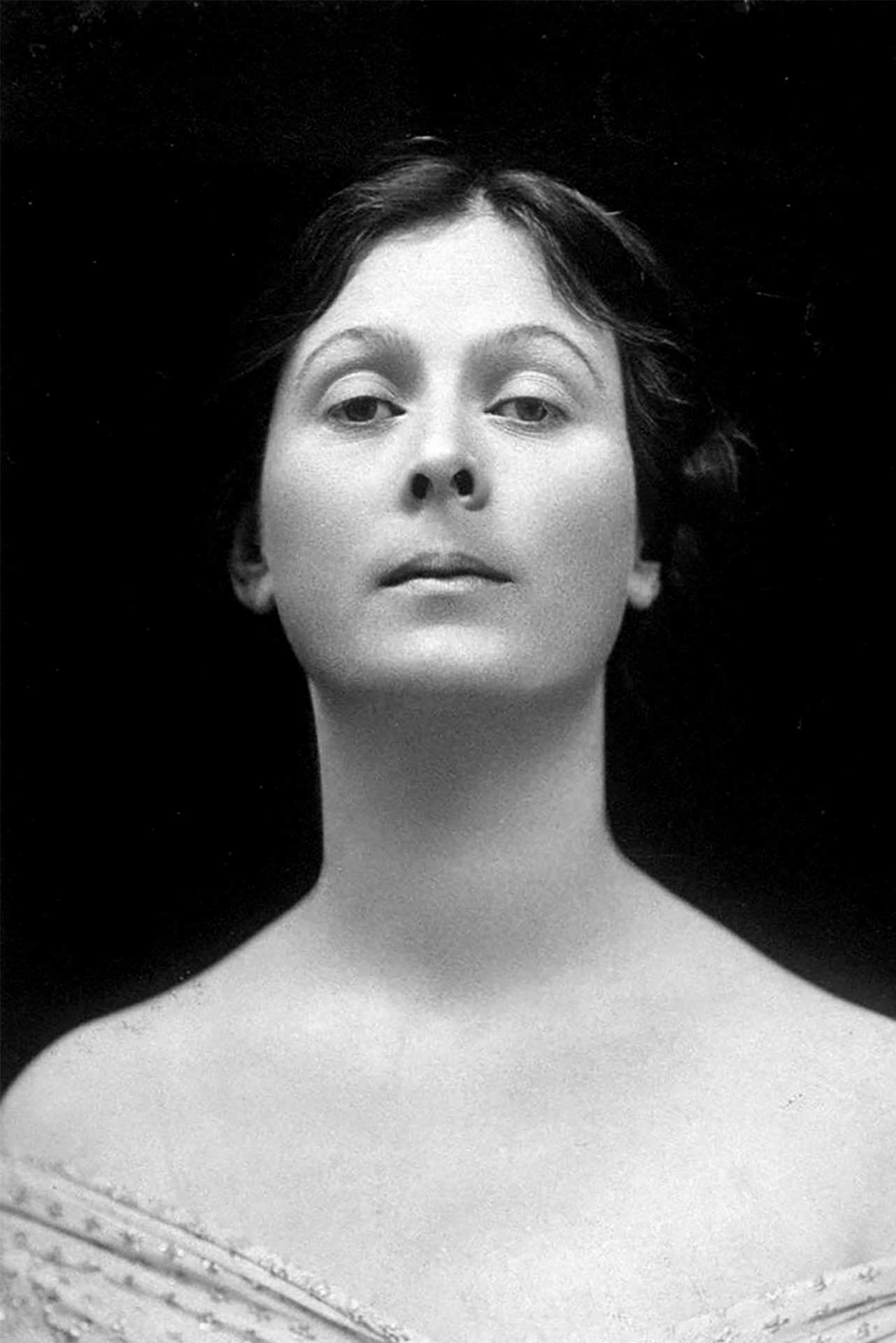people » Isadora Duncan
Isadora Duncan (1877-1927). American dancer and choreographer
Isadora Duncan, born in San Francisco, possessed great personal charisma, which was reflected both in her performances and in her colourful life. She had no direct followers, but, as a pioneer of ‘free’ dance, was a huge influence on choreographers and on modern dance generally. Inspired by the natural movement of waves and trees, Duncan rebelled against what she saw as the stereotypical conventions of classical ballet and its unnatural contortions of the body. She danced in flimsy shifts, barelegged and barefoot, which added a sensational element to her reputation. Her performances were largely improvisations, based on her personal responses.
Initially unsuccessful in the United States of America, she came to London in 1900. This was her second visit, but it was then that the Greek sculptures and vases displayed in the British Museum inspired her with a new ideal for achieving beauty and emotional expression. She also began to dance to the music of the great composers, especially Beethoven, Chopin and Schubert.
Duncan made a triumphant debut in Paris the same year, followed by further successes in Budapest, Vienna, Munich and Berlin, often speaking from the stage about her art and her theories concerning the workings of the body and the forces of gravity. Her debut in St Petersburg in 1905 was a sensation, as a result of which she received praise and inspiration from Serge Diaghilev, Mikhail Fokine and Konstantin Stanislavsky, all of whom were, like her, battling against convention. She toured widely and set up schools, both in Europe and the USA. She was fêted in the most fashionable and artistic circles on both continents.
Her connection with Russia continued into the Bolshevik period. Supportive of the revolution, she opened a dance school in Moscow, briefly married the flamboyant Russian poet Sergei Esenin, composed two dances for Vladimir Lenin’s funeral, and toured Ukraine, distributing her earnings to the poor. By this time, her star was on the wane. Often short of money, she had become out of condition physically, and was unable to capture her earlier allure.
Duncan’s death was an accident, strangled by her own scarf when it caught in a wheel of her open top car in Nice in 1927. This was a particularly bitter fate, as earlier her two children had drowned when the car in which they were travelling rolled into the Seine, and they could not be saved. None of her schools survived her death. An autobiography, My Life, which detailed her life up until 1921, was published posthumously in 1928.

